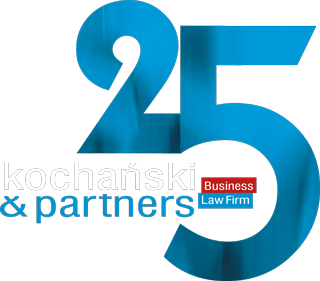The seller’s representations and warranties (R&Ws) are one of the key elements of any M&A transaction.
In addition to the provisions of an SPA that relate to the effective transfer of shares or other subject matter of a transaction, and the provisions that determine the financial terms of a transaction (relating to the price for the shares, the way this is calculated and any post-closing adjustments), the seller’s R&Ws constitute one of the most important sections of an SPA in an M&A transaction.
The seller’s R&Ws – what is their purpose
The seller’s R&Ws serve to appropriately allocate risk between parties to a transaction. The seller warrants to the buyer that the shares subject to a transaction are free from defects and, in particular, that they are not encumbered by any third-party rights.
The seller warrants that the company to be sold is in good standing and that there are no grounds for declaring it bankrupt, and represents that the company holds valid and undisputed title to its material assets based on which it operates.
The seller also makes a number of other similar warranties to assure the buyer is acquiring a stake in a sound company, enabling the buyer to achieve its planned return on investment or to further develop its existing business.
Contractual provisions defining the seller’s liability for the warranties it provides are another important aspect of risk allocation. It is common practice to limit this liability both in terms of duration and financial amount.
R&Ws and disclosure letters
The seller’s R&Ws also involve other issues, such as the buyer’s ability to rescind an SPA if, between the signing of the agreement and the closing of the transaction, the seller’s R&Ws are found to be false or otherwise inaccurate. However, such a provision must be included in the agreement.
Another solution closely related to R&Ws and applied in transactional practice is the seller’s use of a disclosure letter.
A disclosure letter is a document (usually attached to an SPA) in which the seller discloses certain information to the buyer in derogation of the seller’s R&Ws.
For instance, disclosure letters may state that one of the properties of a target company is mortgaged. Such information modifies the seller’s general warranty that no material asset of the target company is encumbered by any third-party rights.
Unfortunately, the devil is in the detail, and it is the detail that is easiest to “water down” when negotiating R&Ws.
Continuing with the above example, if the seller has disclosed that one of the properties is mortgaged, but has not at the same time indicated the source of the mortgage (e.g. a loan agreement entered into by the target company as the borrower incurring the debt secured by the mortgage), then the seller’s reliance on the fact that it has disclosed information about the existing debt of the target company will be quite problematic, unless the seller has included information on the loan either in a disclosure letter or directly in R&Ws.
Costly post-M&A disputes
Unfortunately, disputes that arise after a transaction has been completed can be costly, e.g. where there has been a failure in the conduct of the process.
The preparation of a transaction is fully as important as, if not more important than, the closing. This should include the involvement of a team of professional advisers who, via their access to the necessary information, are able to safeguard the interests of the parties by defining the content of R&Ws and the principles of the seller’s liability for its R&Ws.
M&A transactions are like life. Since the seller has made certain R&Ws and assumed liability for their correctness and completeness, the word is out… Agreements must be honoured, even if this means paying for a lack of diligence and foresight in the preparation phase.
Want to know more about the potential pitfalls of the R&W negotiation phase? Feel free to contact:
View more articles
Information Worth More Than Gold: A Few Words About NDAs
Earn-out: a win-win



